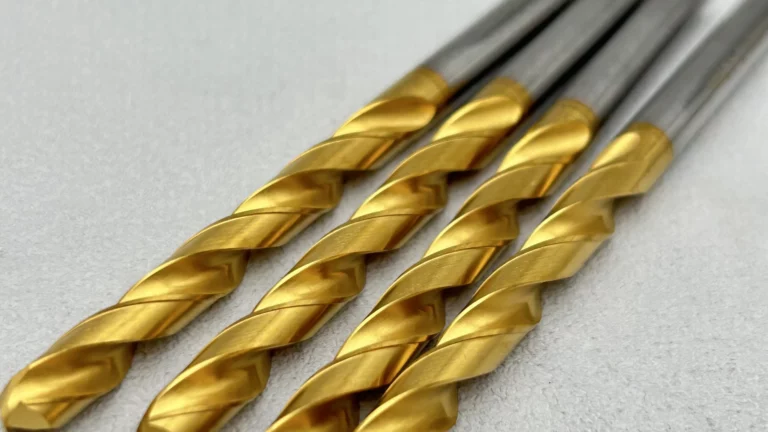Table of Contents
Togglesharpening hss drill bits
Introduction:
Sharpening HSS drill bits is an essential skill for any professional or enthusiast looking to achieve optimal cutting efficiency. High-Speed Steel (HSS) drill bits are widely used due to their durability and versatility. However, over time, the cutting edges of the drill bits can become dull, resulting in reduced performance. Now, we will explore the importance of sharpening HSS drill bits and provide a step-by-step guide on how to achieve optimal cutting efficiency.
Why Sharpening HSS Drill Bits is Important:
Sharpening HSS drill bits is crucial for maintaining their effectiveness and extending their lifespan. Dull drill bits can lead to inefficient cutting, increased heat generation, and slower drilling speeds. By sharpening the drill bits, you restore their sharp cutting edges, enabling them to cut through materials more efficiently, reduce heat buildup, and improve overall drilling performance.
Step-by-Step Guide to Sharpening HSS Drill Bits:
Gather the necessary tools and equipment:
To sharpen HSS drill bits, you will need a bench grinder with a fine-grit grinding wheel, a drill bit sharpening jig or guide, a dressing tool to true the grinding wheel, a protective face shield, and safety goggles.
Prepare the grinding wheel:
Before sharpening the drill bits, ensure that the grinding wheel is clean and properly dressed. Use a dressing tool to remove any debris or build-up on the wheel’s surface and to achieve a true, flat grinding surface.
Install the drill bit sharpening jig:
Attach the drill bit sharpening jig or guide to the bench grinder according to the manufacturer’s instructions. This jig will help maintain the proper angle and geometry of the drill bit during sharpening.
Secure the drill bit:
Insert the HSS drill bit into the jig, ensuring that it is properly aligned and securely held. The jig should allow the drill bit to rotate freely during sharpening.
Position the drill bit for sharpening:
Position the drill bit against the grinding wheel at the correct angle. This angle depends on the specific drill bit type and its intended application. Refer to the manufacturer’s guidelines or use a sharpening guide to determine the appropriate angle.
Start sharpening:
Turn on the bench grinder and gently bring the drill bit into contact with the grinding wheel. Apply light pressure and move the drill bit back and forth across the wheel, maintaining a consistent angle and motion. Take care not to overheat the drill bit, and periodically dip it in water to cool it down.
Check the progress:
Frequently stop sharpening to examine the drill bit. Look for a consistent and sharp cutting edge along the entire circumference of the drill bit. If necessary, make further adjustments and continue sharpening until the desired cutting edge is achieved.
Repeat the process:
Repeat steps 4 to 7 for each drill bit that requires sharpening. Take your time and ensure that each drill bit is properly sharpened to achieve optimal cutting efficiency.
Inspect and test the sharpened drill bits:
After sharpening, carefully inspect each drill bit for any defects or irregularities. Remove any burrs or rough edges using a fine file or honing stone. Finally, test the sharpened drill bits by drilling into a scrap material to ensure their cutting efficiency.
Conclusion:
Sharpening HSS drill bits is a necessary skill for maximizing their cutting efficiency and prolonging their lifespan. By following the step-by-step guide outlined above, you can restore the sharpness of your HSS drill bits and achieve optimal cutting performance. Remember to always prioritize safety by wearing appropriate protective gear and using the correct tools. With sharpened drill bits, you can tackle drilling tasks with confidence and precision.
